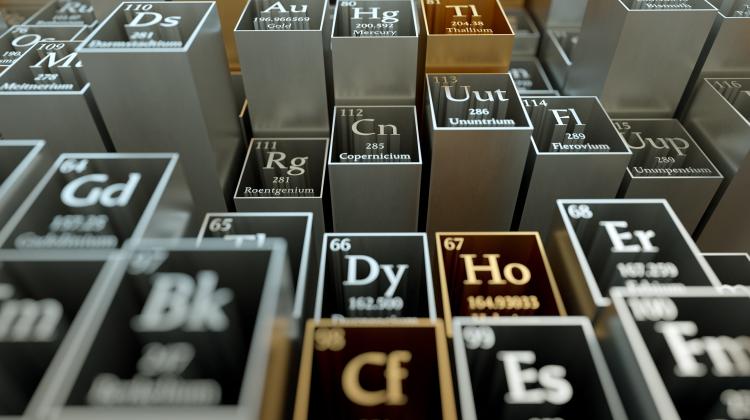We usually associate the world of flowers with a beautiful scent and a variety of colours, which means that we interpret it primarily in terms of aesthetic values. But let us try to uncover the chemical side of plants, rich in numerous biologically and chemically active compounds.
Biologically, a flower is a plant organ named "short stem", used for plant reproduction. The flowers have different colours because numerous phenolic compounds such as rutin, kaempferol, ferulic acid derivatives, naringenin derivatives and the like are present.
A selection of colourful and edible flowers, such as roses, cornflowers, carnations and dandelions are not only beautiful decorations in our homes, but also sources of valuable phytosubstances.
Biosubstances are usually concentrated in the vacuoles (a.k.a. hydrotubules - spaces in the cell filled with floral sap) of flower epidermal cells, and the absorption spectra of these pigments are modulated by its pH and other environmental factors. Popular flower pigments are mainly compounds from the carotenoid and flavonoid group. Of the flavonoids, flavonols tend to absorb radiation from the UV range, thus causing a white to light yellow colour.
Floral pigments called anthocyanins with a variable absorption spectrum colour the plant tissue red, blue or purple. In contrast, compounds from the carotenoid group that absorb blue, such as zeaxanthin, carotene and lutein, create yellow tissues, while the green-absorbing zeastaxanthin causes red colour.
It appears that the type of pigment is closely adapted to the pollination system of a given plant and is controlled by the mechanisms that determine the pH of the vacuole. Most of the phytochemicals listed have strong antioxidant activity and specific microbiological properties that can have a positive impact on the preventive health of modern civilisation.
Front. Plant Sci., 08 January 2021, D.G. Stavenga, H.L. Leertouwer, B. Dudek, C. J. van der Koii, Coloration of Flowers by Flavonoids and Consequences of pH Dependent Absorption, Front. Plant Sci., 08 January 2021 | https://doi.org/10.3389/fpls.2020.600124




